Can you tell me a little about yourself?
Hello, my name is Fumiyo Nishimoto. Fumiyo means 2, 3, 4, in Japanese. My father chose this name for me, because it is the strongest hand in Japanese poker. The weakest hand (8, 9, 3) is pronounced “Yakuza.” Yakuza is also the name of the Japanese organized crime syndicate, which my father was formerly associated with. I always thought it was awesome that my name represented something much stronger and more powerful than Yakuza, since I was ashamed of my father’s former association with the Yakuza. I hope this isn’t too much for you, but this is what I am, and I want to be open and real about it.
I was born in Osaka, Japan, and grew up in the region. Osaka is known for comedy and great food, which you can see. Cooking for myself and others is how I express love and appreciation. Everyday interactions during my early years were casually comedic. We laughed and joked about almost everything—ourselves, our challenges, even our tragedies. Everyone does this in Osaka. Another characteristic of life in Osaka is that people are bold and straight-forward -- a quality I have retained, and I think people like about me.
I have been living in the Portland metropolitan area for twenty-six years. I like being close to the mountains, Mount Hood, and only a couple hours drive from beautiful beaches. We also have many local rock climbing crags nearby.
Can you tell us about your work?
I am a social worker by training and inclination. I currently work as a psychotherapist in private practice. I can’t imagine being anything other than a social worker. Maybe a full time climbing dirtbag! Over the past thirty years of my career I have encountered the elderly, individuals with dementia, people who are dying, people with severe mental health difficulties, people affected by trauma, people who have been incarcerated, victims of crime (including sexual violence), people who have been labeled “criminally insane,” veterans, people experiencing homelessness and addiction, and BIPOC and LGBTQ+ experiencing trauma. You get the picture. I have worked with everyone.
The challenge is that the government, healthcare, and mental health systems are fragile, and social workers are often overworked. If I don’t take care of myself I would experience vicarious trauma, meaning that I would experience other people’s lived experiences as though they were my own. I’ve had nightmares and flashbacks that have nothing to do with my own life.
For me, rock climbing is very similar to the experience of psychotherapy. Every time I start climbing (especially outside), fears kick in, evoking self-doubt and insecurity. You know what I am talking about? Vincent van Gogh once said, “If you hear a voice within you say 'you cannot paint,' then by all means paint, and that voice will be silenced.” It is the same with climbing. When I hear my self-doubt tell me, “You can’t climb,” I just keep climbing. I trust my moves and my partner, until I see the anchor. When I reach the anchor, I know everything will be okay. (I use this climbing metaphor in my psychotherapy practice all the time.)
Vincent van Gogh once said, “If you hear a voice within you say 'you cannot paint,' then by all means paint, and that voice will be silenced.”
How long have you been climbing? Can you share a memorable story from your climbing life?
In the summer of 2011 I started climbing as a substitute for the upper body training that I had been getting through tennis. I fell in love with rock climbing the first time I tried it in the gym. Ever since I have been in love.
The very first time I saw Monkey Face at Smith Rock was nine years ago, when I had just started to climb. I thought to myself, one day I hope to stand at the top of Monkey Face. At the time, I had no idea what it would take to complete that climb. It requires the technique of a trad climb, the upper body strength for a bolted ladder climb, and a strong head game before coming out from the last exposed pitch — known as “Panic Pitch.” Since then I have made six attempts and three summits. It wasn’t until my 50th birthday, two years ago, that I finally led the entire four pitches of Monkey Face, and brought my partner Irving to the top with me. Leading Monkey face has become, for me, a symbol for surmounting life’s obstacles.
Can you tell us one lesson you have learned on your journey so far?
I’ve met many beautiful people throughout my career, while climbing, and in my life in general. Each has shared their unique story with me. Some stories are funny, some sad, some sweet, and others heart-breaking. Each story has taught me that people are not broken, they are beautiful.
Elisabeth Kübler-Ross once said:
The most beautiful people we have known are those who have known defeat, known suffering, known struggle, known loss, and have found their way out of the depths. These persons have an appreciation, a sensitivity, and an understanding of life that fills them with compassion, gentleness, and a deep loving concern. Beautiful people do not just happen.
Our life’s journey is like Kintsugi (a traditional Japanese technique of restoring fragmented pottery by repairing the broken edges with lacquer mixed with powdered gold, silver, or platinum).
Often when I do multi-pitch climbs I think about friends and clients who are experiencing a broken heart, loneliness, or recovering from trauma. I carry them with me when I climb. Each move I make, and each step I take, I retrieve pieces of their hearts and put them back where they belong. Do you feel my love?
When you feel pain or are broken-hearted, think of me climbing somewhere in the world, holding the pieces of your heart in mine, and putting them back together, just like a Kintsugi bowl.




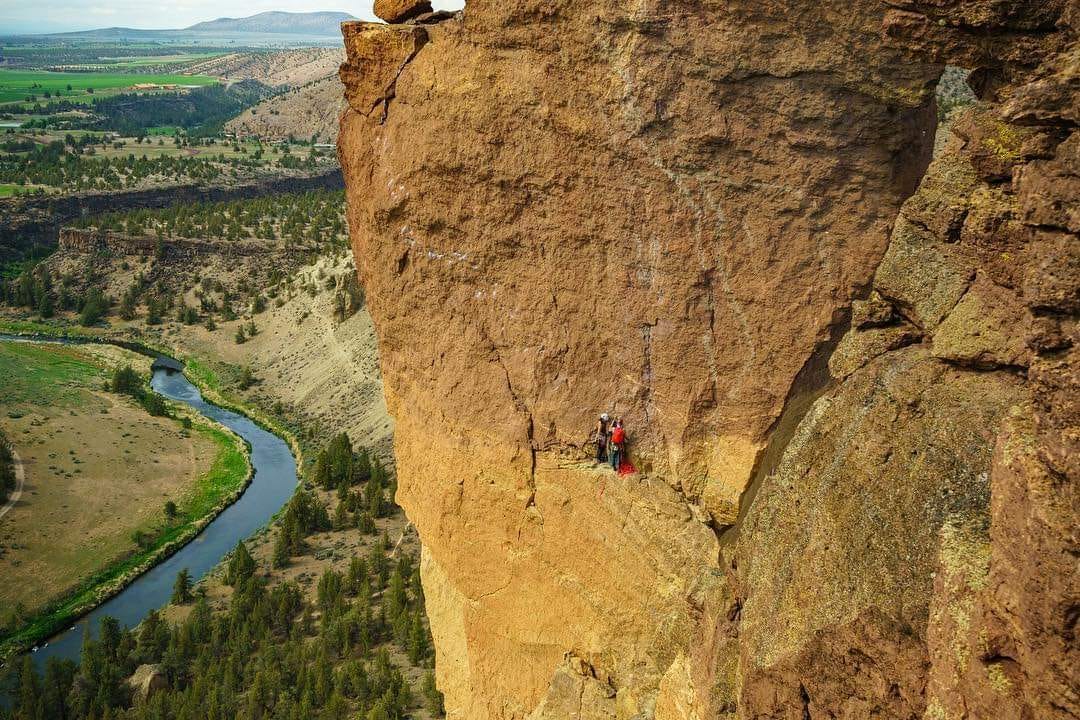
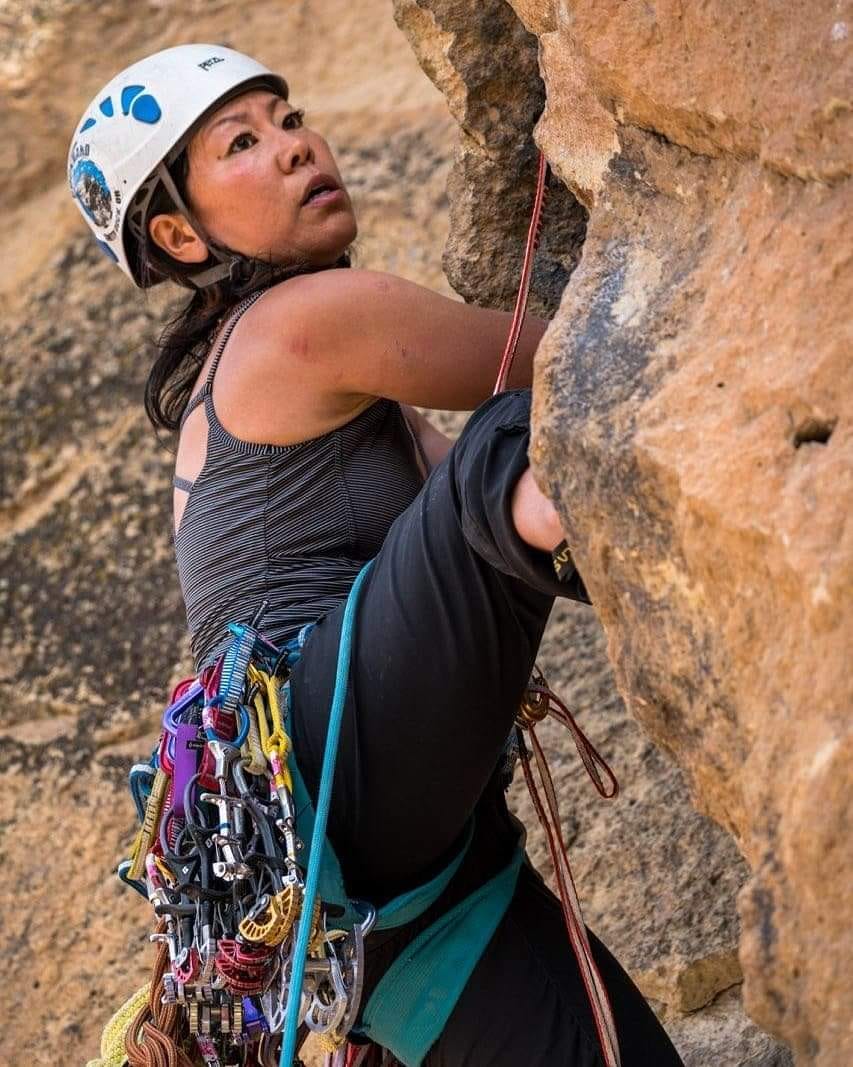
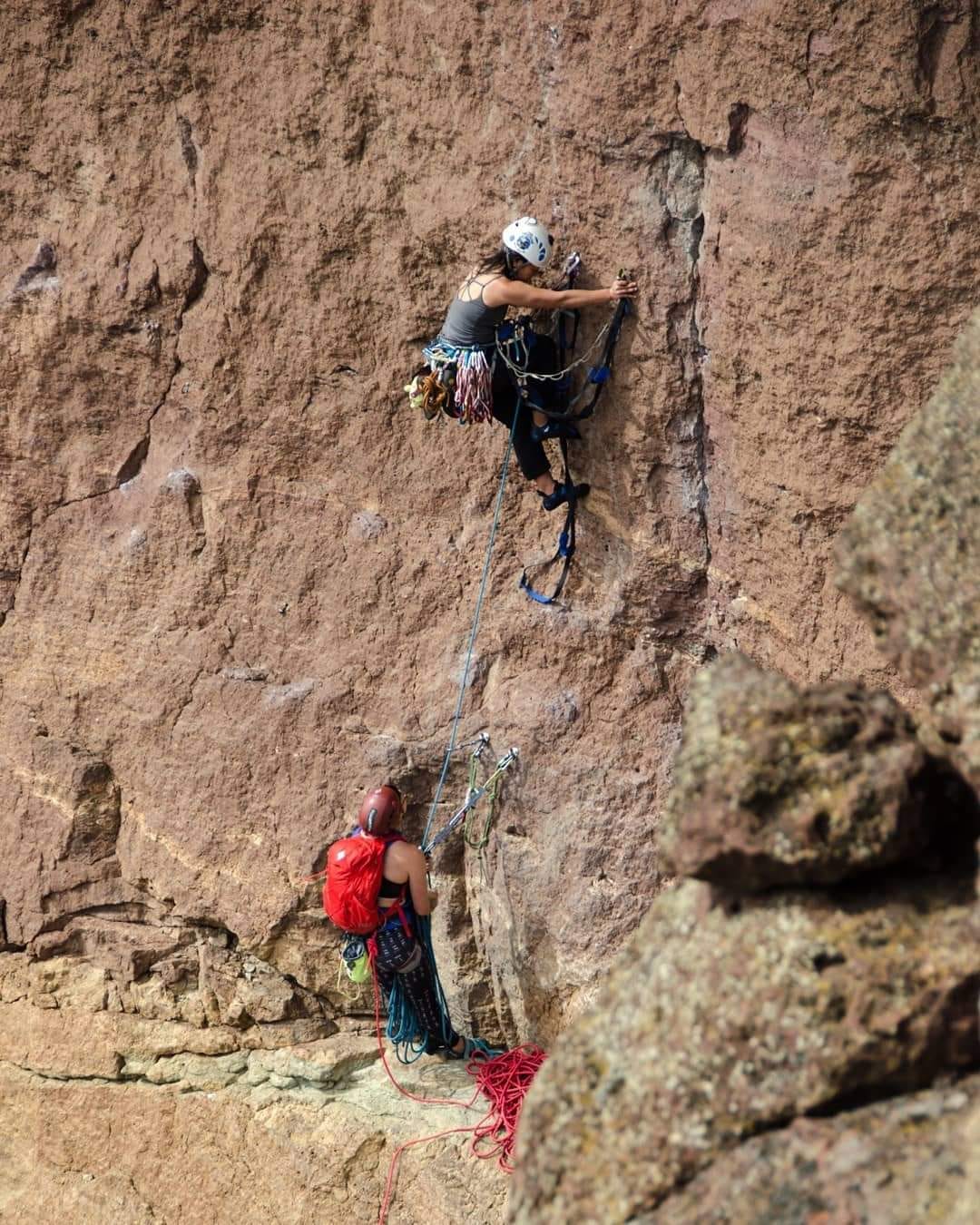

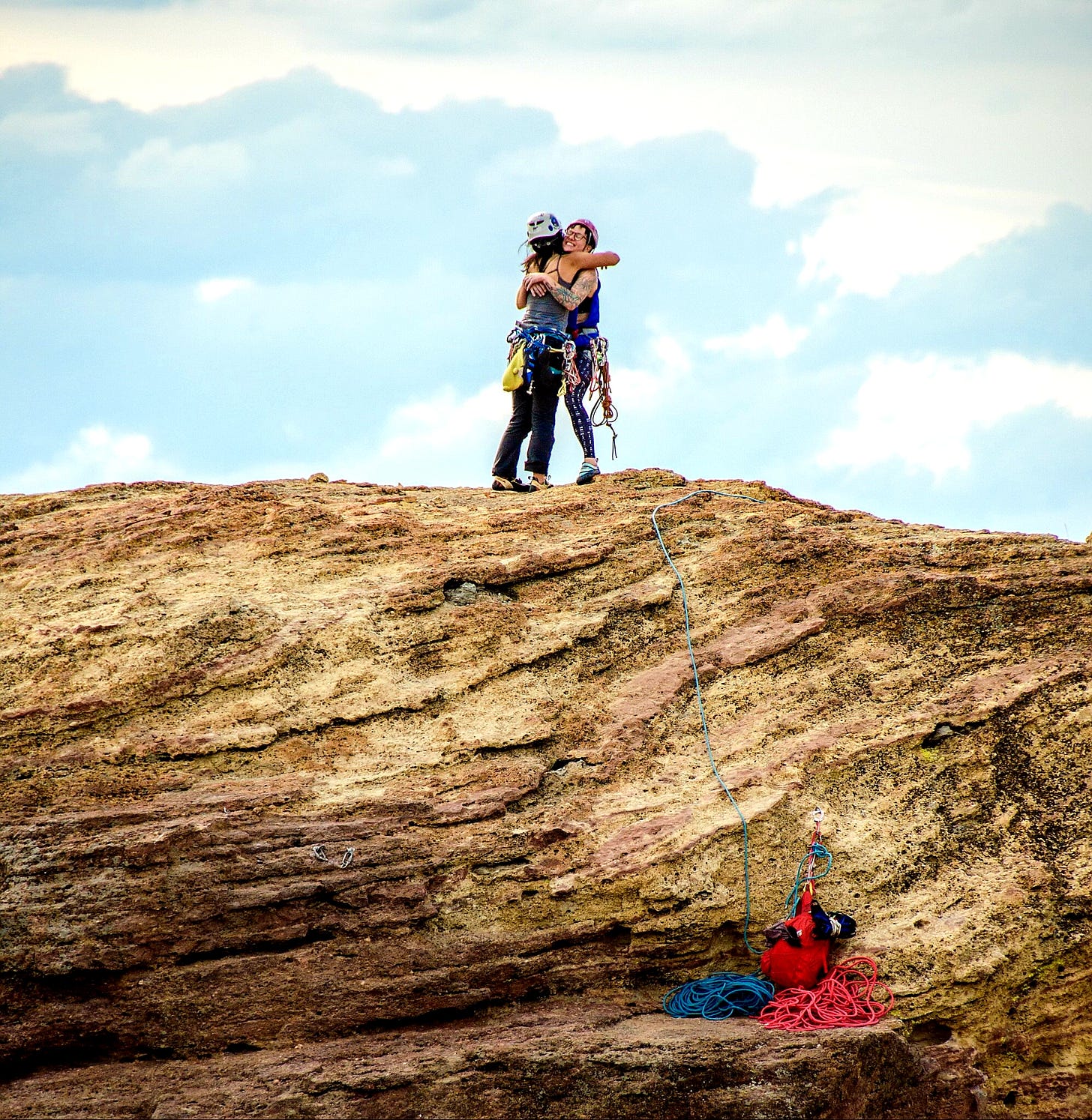
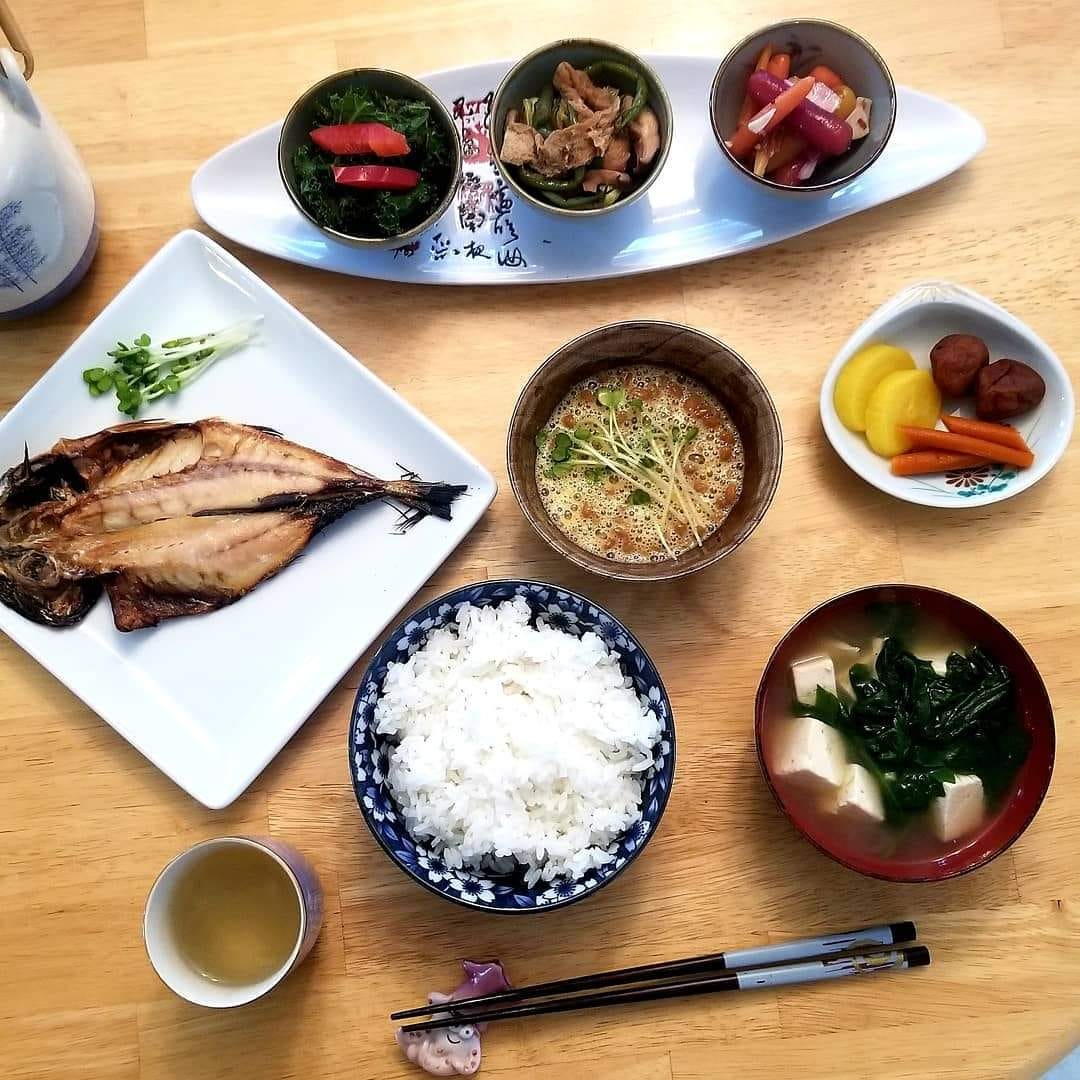
I have been wondering who the other “Fumi” in Portland who is also a climber for years, and now I know. I’d love to meet her some day and talk in our Kansai dialogue while cooking Japanese food together. I love her! Thank you Viet for this beautiful blog :)